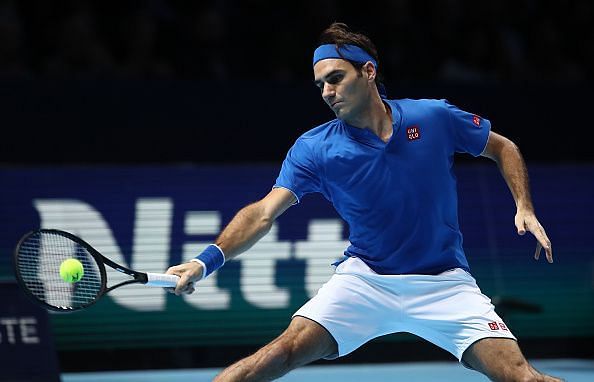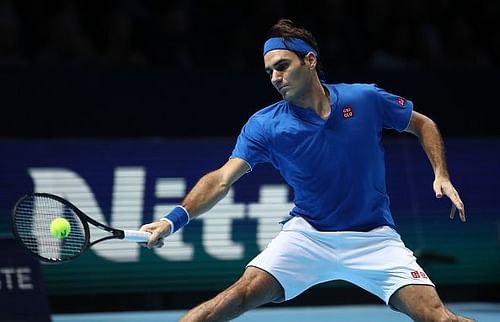
Keeping the point alive: Are tennis games far too long?

In an era rounded off with AI bots and on the go millennials, we have a sport rooted in tradition and history. For a long time now, tennis has been an untouched entity.
The matches have been prolonged with men’s players playing gruelling best of five sets and the last set having no tiebreaks. The latest result of this stretch was seen in the 6-hour plus marathon match between John Isner and Kevin Anderson at Wimbledon 2018.
With even the commercialized leagues such as the NBA and MLB doing everything in their capacity to keep the fans engaged, could a conventional sport such as tennis incorporate changes to make it more fast-paced, thus relevant with the audience to come?
Recently, tennis tried to tamper with the status quo and try out a completely different format. At a 2017 NextGen tournament in Milan that witnessed the next breed of tennis professionals, four games were played instead of six, no advantage points were given at deuce, a no-let system was followed, and the 25-second shot clock was introduced between serves. All of this to fasten the pace of the game and make every point more valuable.
This resulted in some backlash from the traditionalists who did not like this uprooting of the game. Another argument that can be made is the lack of momentum that shorter sets give to the players. A lot of players usually take the first few games to warm up and get into their rhythm. Shorter sets might deprive them of that. On the other hand, asking spectators to sit through games that are lacking in intensity can be profuse in today’s day and age.
With the average tennis fan aged around 60, I believe a few changes need to be made to attract the forthcoming generations who are used to checkers more than chess.
Cricket successfully experimented by introducing the T-20 format which faced similar backlash but it churned out one of the most lucrative leagues in the world. The value of the Indian Premier League (IPL) based on the T-20 format was $5.3 billion in 2017, according to Duff & Phelps and went on to contribute $182 million to India's GDP in 2015, according to financial auditing firm KPMG.
Another interesting example on the topic of rule changes comes from the debate around shifting the three-point line further back out in the sport of Basketball. While this may come with many connotations, Stephen Curry might still be draining 50-foot jumpers ethereally.
Game-Set-Match:
It will be interesting to see who wins this match between traditionalism and cultural relevancy. Is the goal to attract new fans or cater to the old ones?
The ball’s in your court now, tennis.